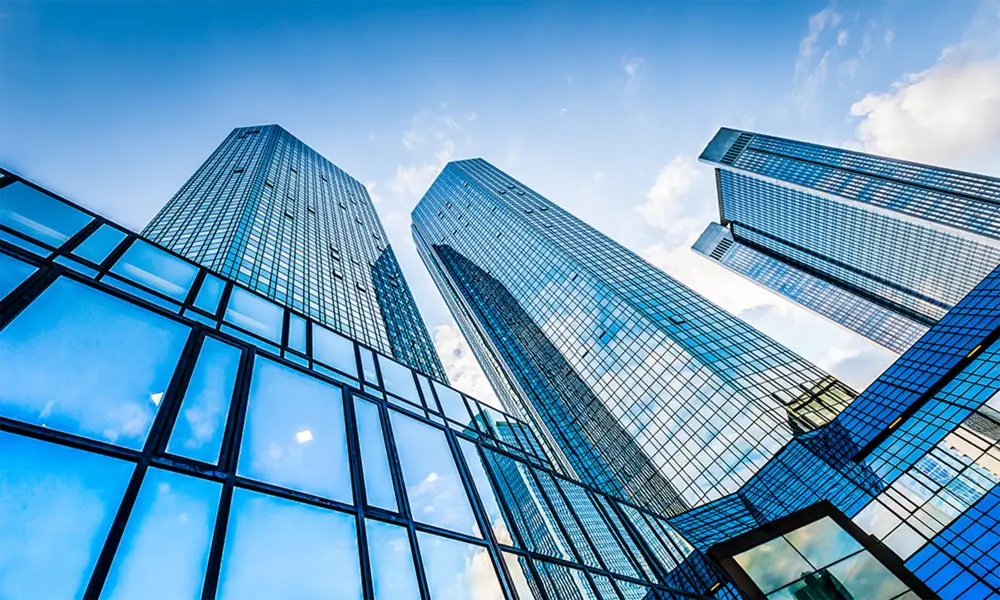

The Benefits of Single Low-E Glass in Modern Architecture
In recent years, energy efficiency has become a paramount concern in the construction and architectural industries. As the world increasingly prioritizes sustainability, the choice of materials in building design is more critical than ever. One such material that has gained significant attention is single low-emissivity (low-E) glass. This innovative glazing solution has proven to be a game changer for residential and commercial buildings alike, combining aesthetic appeal with energy efficiency.
Single low-E glass is a type of insulated glass that features a thin, transparent coating made of microscopic metallic oxides. This coating allows visible light to pass through while reflecting infrared light, which is responsible for heat. In practical terms, this means that during the winter months, low-E glass keeps indoor spaces warmer by minimizing heat loss, while in the summer, it reduces heat gain, thereby maintaining a comfortable indoor climate without over-relying on heating and cooling systems.
The Benefits of Single Low-E Glass in Modern Architecture
Moreover, the thermal performance of single low-E glass leads to increased comfort for occupants. By regulating indoor temperatures effectively, it enhances the overall quality of living and working environments. Employees in office buildings with low-E windows tend to be more productive, as they are less likely to experience discomfort due to fluctuating temperatures. Additionally, homeowners benefit from a more stable and pleasant atmosphere, making single low-E glass a desirable option for residential properties.

The environmental benefits of low-E glass extend beyond energy efficiency. By reducing reliance on heating and cooling systems, buildings fitted with this glass help lower greenhouse gas emissions, contributing positively to the fight against climate change. Furthermore, with less energy consumption, the demand for non-renewable resources diminishes, promoting a more sustainable approach to construction and building maintenance.
Aesthetic appeal is another critical aspect of glass in architecture. Single low-E glass can be manufactured in various styles and finishes, providing architects and designers with ample flexibility when creating visually stunning structures. Its clarity and reflectivity allow natural light to illuminate interiors beautifully while maintaining a modern and sleek exterior appearance. Thus, low-E glass not only performs well but also enhances the visual identity of buildings.
Lastly, low-E glass also offers benefits in terms of UV protection. The coating significantly reduces the amount of UV radiation that enters a building, which helps protect furnishings, art, and interior finishes from fading over time. This longevity not only enhances the life of prized possessions but also contributes to lower replacement costs, further enhancing the economic advantages of using single low-E glass.
In conclusion, single low-E glass represents a significant advancement in building materials that provide both functional and aesthetic benefits. Its ability to enhance energy efficiency, promote occupant comfort, reduce environmental impact, and enhance visual appeal makes it an ideal choice for modern architecture. As the world continues to embrace sustainable practices, the role of low-E glass in building design will undoubtedly grow, paving the way for a brighter, more energy-efficient future.